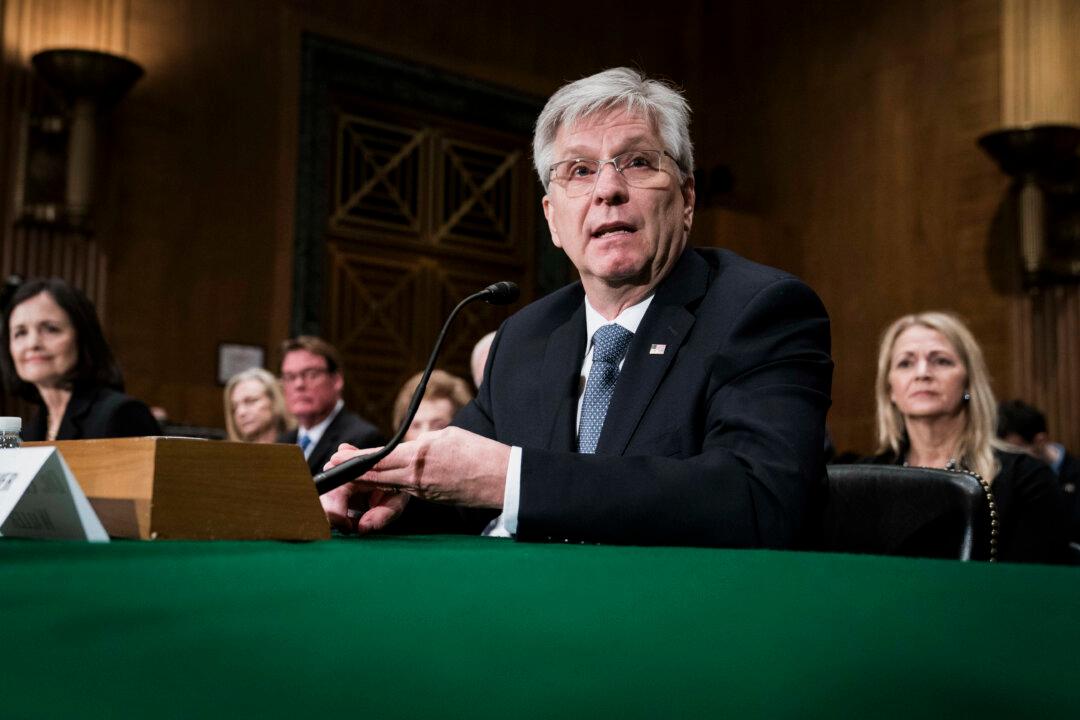The Federal Reserve should carefully consider future interest rate reductions given that the U.S. economy is showing signs of strength, according to Christopher Waller, a member of the bank’s board of governors.
Last month, the Fed cut interest rates by 50 basis points, pushing the benchmark federal funds rate down to a range of 4.75 percent to 5 percent. Officials expect to implement an additional 50-basis-point cut this year. During an Oct. 14 Federal Open Market Committee conference, Waller pointed out that recent economic data have exceeded expectations.





